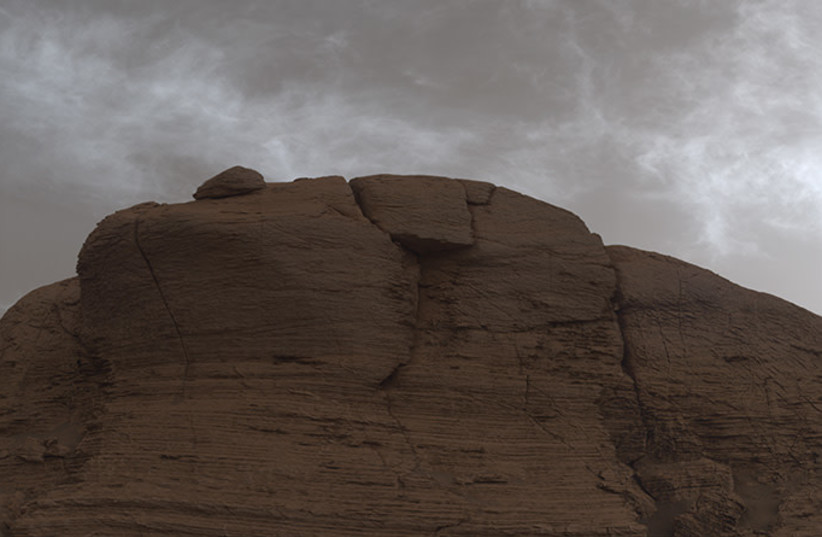A NASA laboratory experiment from last month concluded that further investigation of possible extinct life on Mars would require a search of traces of amino acids with deep-drilling rovers.
Specific amino acids on the planet would indicate the possible existence of ancient Martian life "because they are widely used by terrestrial life as a component to build proteins," NASA states.
However, any amino acids on Mars could be "degraded by exposure to cosmic rays that can penetrate to a depth of a few meters," stated the peer-reviewed study, which was published online in the journal Astrobiology.
The study also concluded that rovers such as the Mars Curiosity rover would have to dig 2 feet (about 6.6 meters) under Mars's surface to find any signs because ionizing radiation from space would degrade amino acids at a fast pace.
Cosmic rays are particles with high-energy generated by solar flares and exploding stars.
The experiment
Researchers are now trying to simulate soil from Mars, and mix it together with amino acids. Samples of amino acids in silica were blasted with gamma radiation to copy the amount of "cosmic-ray doses up to that received from about 80 million years of exposure in the Martian surface rocks."

Regarding the drilling capabilities of the rovers, "current Mars rover missions drill down to about two inches (around five centimeters)," said Alexander Pavlov, who works at NASA’s Goddard Space Flight Center.
Palov also stated that their work "is the first comprehensive study where the destruction (radiolysis) of a broad range of amino acids was studied under a variety of Mars-relevant factors."
Key components of life
Also last month, NASA’s Curiosity rover measured the total organic carbon in rocks on the planet for the first time. This is significant because carbon is a "key component in the molecules of life," NASA states.
"Our is the first comprehensive study where the destruction (radiolysis) of a broad range of amino acids was studied under a variety of Mars-relevant factors."
Alexander Pavlov
The space agency also states that there is evidence that Mars's climate was once "Earth-like, with a thicker atmosphere and liquid water that flowed into rivers and seas" - indicating that there was at once point life. NASA stresses while amino acids have yet to be discovered on Mars, they have been discovered on meteorites - including one from Mars.
